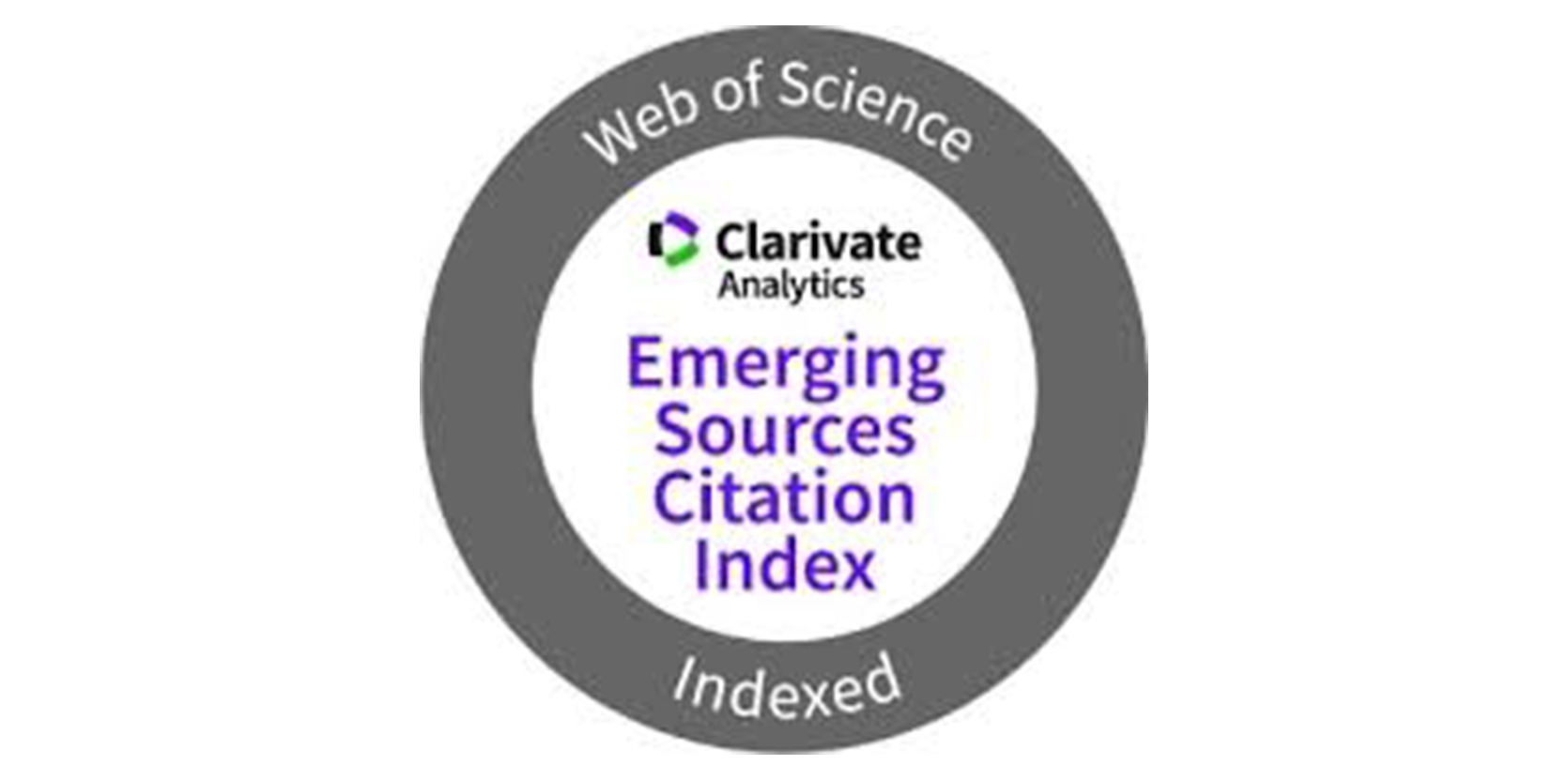Иерархия дисциплин и устройство междисциплинарных связей в России; 2006-2016: анализ корпуса докторских диссертаций
Сафонова Мария Андреевна
Санкт-Петербургский филиал Национального исследовательского университета – Высшей школы экономики
Соколов Михаил Михайлович
Европейский университет
КЛЮЧЕВЫЕ СЛОВА: СОЦИОЛОГИЯ НАУКИ, СОЦИОЛОГИЯ НАУЧНОГО ЗНАНИЯ, СОЦИОЛОГИЯ СОЦИАЛЬНЫХ СЕТЕЙ, НАУКА В РОССИИ, ДИССЕРТАЦИИ, BIG DATA В СОЦИОЛОГИИ, SOCIOLOGY OF SCIENCE, SOCIOLOGY OF SCIENTIFIC KNOWLEDGE, SOCIAL NETWORKS ANALYSIS OF ACADEMIC NETWORKS, SCIENCE IN RUSSIA, DISSERTATION GENEALOGIES, BIG DATA IN SOCIOLOGY
АННОТАЦИЯ:
В статье структура и динамика междисциплинарных связей анализируются на основании данных о 20093 докторских диссертациях, защищенных в России с 2006 по 2016 годы. Мы рассматриваем отношения профилей степеней руководителей/оппонентов и кандидатов как характеризующие относительный статус дисциплин в качестве носителя экспертного знания. Случаи кросс-дисциплинарного руководства (экспертное знание дисциплины А импортируется дисциплиной Б) рассматривается как свидетельство признания пересечения их юрисдикций над некоей развивающейся областью исследований. При этом асимметричность этих отношений (А выступают экспертами в дисциплине Б, но Б не бывают экспертами в А) является свидетельством иерархии. Эмпирические данные демонстрируют дивергенцию между организацией междисциплинарных связей в естественных и социальных науках. В естественных науках мы наблюдаем сравнительно плотные и симметричные связи. В социальных науках есть ядро «старых» дисциплин (в первую очередь, философия), которые обладают более значимым статусом по сравнению с «младшими», причем сами «старшие» дисциплины практически изолированы друг от друга. Показывается, что существующие различия углубляются – естественные науки становятся более открытыми, в то время как социальные (и «старшие», и «младшие») движутся к большей автаркии. В заключительной части статьи рассматриваются причины этой динамики: демографические (смена поколений и замещение поколений со степенями «старших» дисциплин), экологические (предполагаемая экспансия высшего образования в социальных науках) и институциональные (большая потребность нестрогих наук в легитимности).
ОПИСАНИЕ НА АНГЛИЙСКОМ ЯЗЫКЕ:
The Hierarchy of Disciplines and the Organization of Interdisciplinary Connections in Russian Scholarship, 2006-2012: An Analysis of the National Doctoral Dissertations Database
Safonova Mariya A., Sokolov Mikhail M.
This paper looks into relations between disciplines in Russian science using information on advisors and official opponents of 20 093 higher level doctoral (doktor nauk) dissertations defended in Russia between 2006 and 2016 (estimated 71,3 % of the total). We interpret the data on profiles of degrees of a candidate and advisors/opponents as signals on boundaries of jurisdictions (Abbott) of respective disciplines. Two disciplines importing each other’s expertise are thus signaling of recognition of each other’s jurisdiction over an area of work; if import of expertise is asymmetric (A imports expertise from B, but В does not import from A) this can be regarded as a signal of hierarchical relations between them with В playing role of the “elder” discipline. The data demonstrate divergence between natural and social sciences in their patterns of inter-disciplinary relations. Natural sciences are a relatively tightly-knit group with most disciplines open to external expertise; there are no visible hierarchy between them. On the opposite, social sciences consist of two layers – elder disciplines, such as philosophy, law, history and psychology – and minor disciplines officially recognized only in postsoviet times (sociology, political science, cultural studies). The latter import expertise from some of the former, particularly philosophy, mostly because the leading figures in these fields still has degrees from the elder disciplines. The elder sciences themselves are a set of isolates not exchanging expertise between each other. Cross-temporal data demonstrate that further divergence occurs with natural sciences becoming more open to wider intellectual environment while social sciences, both elder and minor, becoming increasingly isolated. We discuss possible causes of that: demographic (generation changes), ecological (expansion of social-scientific education in post-soviet time and greater demand for teachers in respective disciplines leading to recruitment of less research-oriented personnel) and institutional (greater dependence of social sciences on legitimacy of their sources of expertise).









